Heat and Light verses Light alone
kevin_nsw
18 years ago
Related Stories
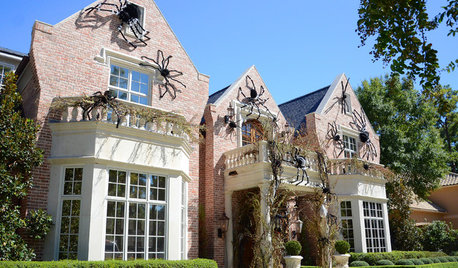
FUN HOUZZSurvey Says: We’re Scared of Being Home Alone — and Spiders
A new Houzz survey reveals that most of us get spooked in an empty house. Find out what’s causing the heebie-jeebies
Full Story
GREEN BUILDINGInsulation Basics: Heat, R-Value and the Building Envelope
Learn how heat moves through a home and the materials that can stop it, to make sure your insulation is as effective as you think
Full Story
FLOORSIs Radiant Heating or Cooling Right for You?
Questions to ask before you go for one of these temperature systems in your floors or walls (yes, walls)
Full Story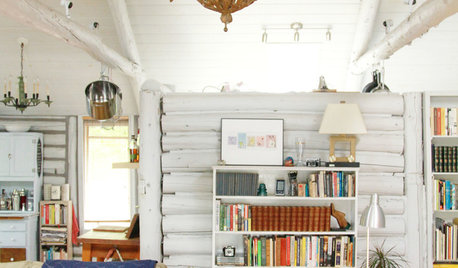
HOUZZ TOURSMy Houzz: A Surprisingly Light Lakeside Log Cabin
Light gray paint and lots of natural light take this cabin on a Michigan lake out of moody country
Full Story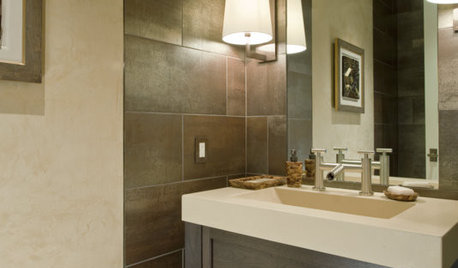
BATHROOM DESIGNHow to Light Your Bathroom Right
Get ready for your close-up in a bath that's a sanctuary with task, accent, decorative and ambient lighting
Full Story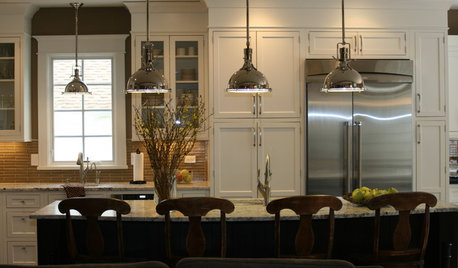
KITCHEN DESIGNKitchen Islands: Pendant Lights Done Right
How many, how big, and how high? Tips for choosing kitchen pendant lights
Full Story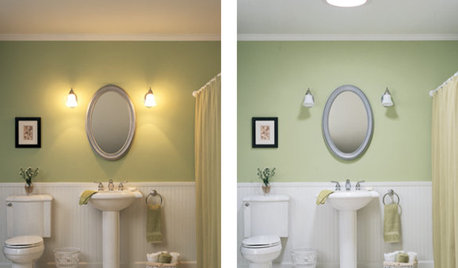
REMODELING GUIDESTubular Daylighting Devices Bring In Natural Light
More advanced and less pricey than traditional skylights, TDDs are the most modern way to let the light in
Full Story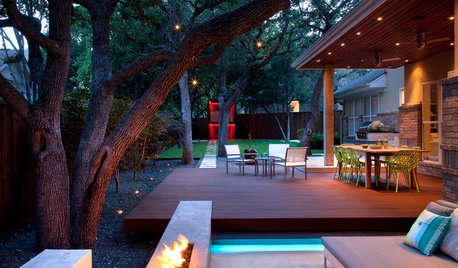
GREAT HOME PROJECTSLight Your Landscape for Drama and Function
New project for a new year: Install outdoor lighting to highlight special features and keep nighttime walks safe
Full Story
LIGHTINGHouse Hunting? Look Carefully at the Light
Consider windows, skylights and the sun in any potential home, lest you end up facing down the dark
Full Story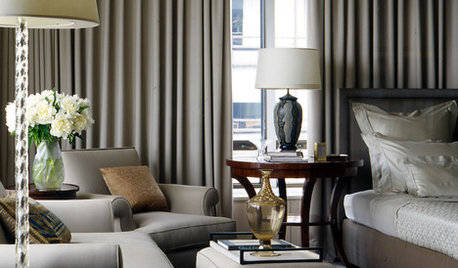
WINDOW TREATMENTSBedroom Window Treatments to Block the Light
Sleep tight with curtains, shades and more designed to keep out bright rays while letting stylishness in
Full StoryMore Discussions






shrubs_n_bulbs
joezkool
Related Professionals
Surprise Landscape Architects & Landscape Designers · Havre de Grace Landscape Architects & Landscape Designers · Montgomeryville Landscape Architects & Landscape Designers · Mastic Beach Landscape Contractors · Oklahoma City Landscape Contractors · Overland Park Landscape Contractors · Santa Ana Landscape Contractors · Seven Hills Landscape Contractors · Vancouver Landscape Contractors · Palos Hills Landscape Contractors · Maplewood Landscape Contractors · Framingham Fence Contractors · Westmont Fence Contractors · Edison Roofing & Gutters · Holland Roofing & Gutterskevin_nswOriginal Author
shrubs_n_bulbs
joezkool
nygardener